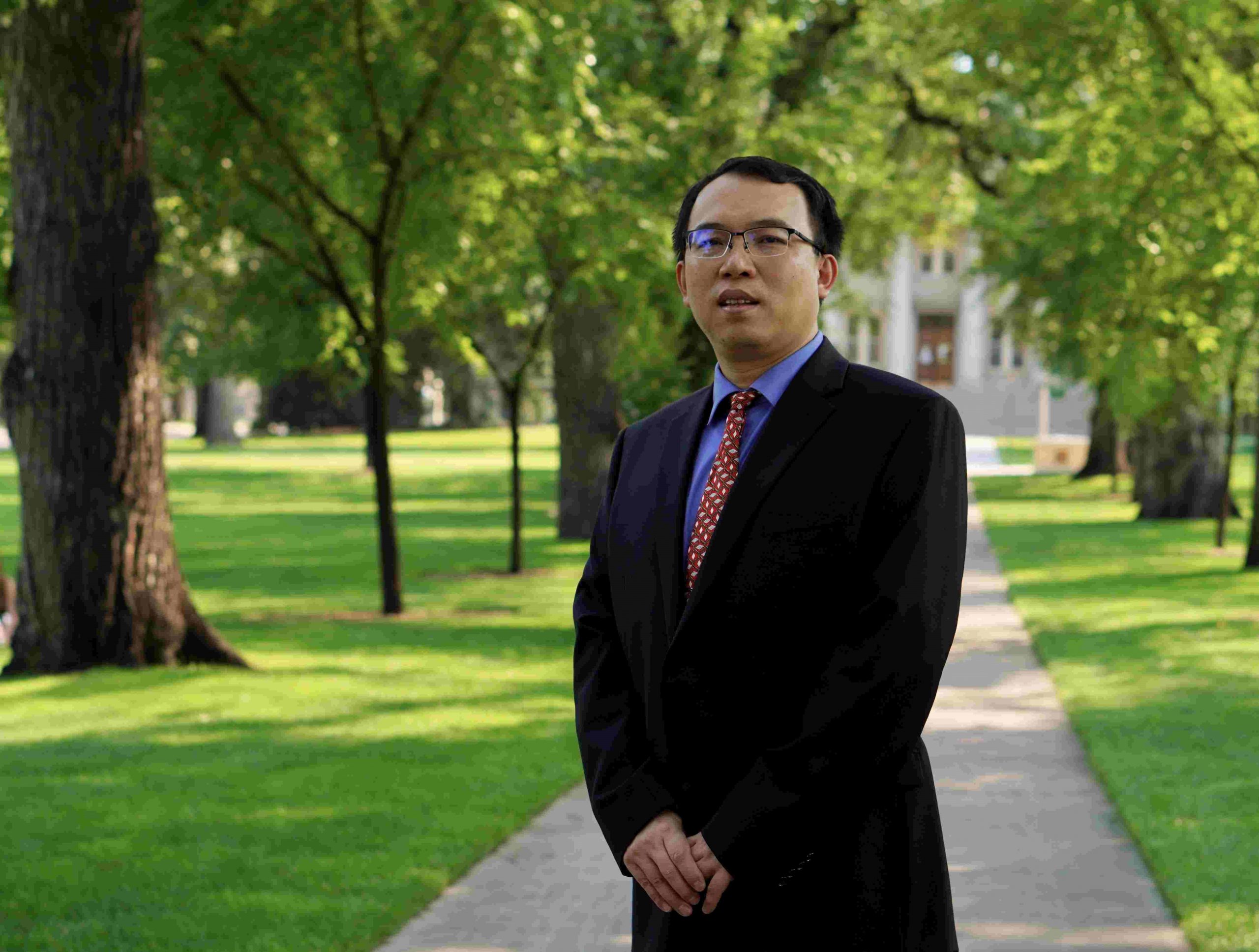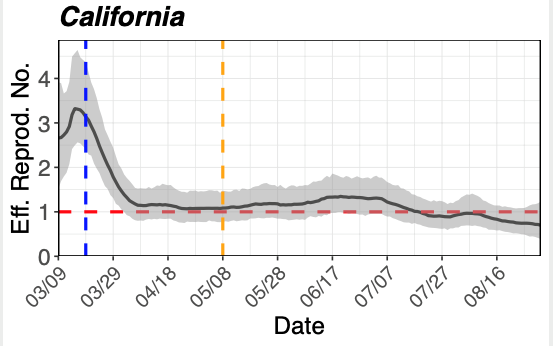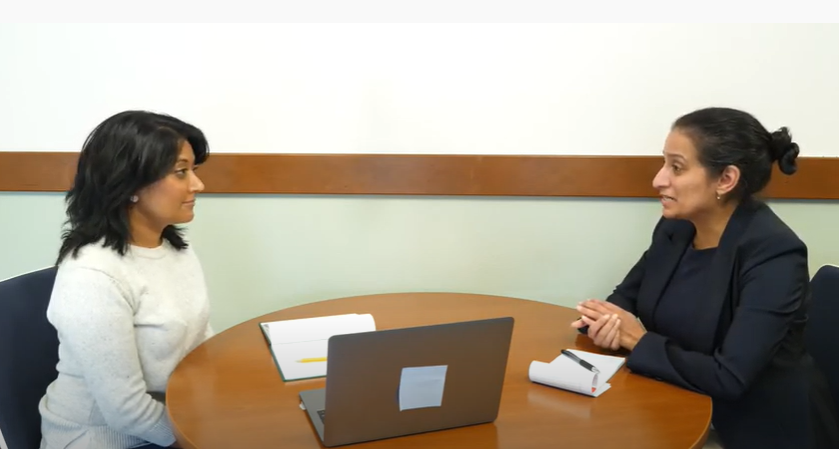

This fall, despite the pandemic challenge, new and exciting things have happened in the Department of Statistics. We welcomed two new faculty members, Drs. Matt Koslovsky and Tianjian Zhou. Dr. Koslovsky received his Ph.D. in biostatistics from the University of Texas Health Science Center, and Dr. Zhou received his Ph.D. in statistics from the University of Texas at Austin. They are the latest assistant professor hires.
Our department has four new associate professors. Drs. Kirsten Eilertson, Bailey Fosdick, Ben Shaby, and Wen Zhou have been promoted this academic year. Professor Don Estep retired this fall after 20 years of great service at Colorado State University.
Don Estep was a University Distinguished Professor and a University Interdisciplinary Scholar. Recently, he has become a University Distinguished Professor Emeritus. We are currently running two national searches for tenure track hires for next year.
We also welcomed new students in our undergraduate (statistics and data science), M.S./Ph.D., and M.A.S. programs. It is a pleasure to see that many students join our statistics community. It is also exciting to teach them and work with them on research projects.
Our remarkable faculty and students have won college awards. Dr. Jana Anderson is the winner of Faculty Excellence in Graduate Teaching and/or Mentoring Award, and Alex Fout is the winner of the Graduate Student Excellence in Undergraduate Teaching and/or Mentoring Award. It is a great accomplishment for both Jana Anderson and Alex Fout, who are representing our impressive statistics community.
It has been an exciting fall for our department, and I am looking forward to good news from the department in the spring semester. Enjoy reading the newsletter.
Sincerely,
Haonan Wang
Chair
Department Highlights
Dr. Zhou Publishes Novel Method for Estimating the Effective Reproduction Number for COVID-19 based on Daily Case Counts

In his recent work published in Contemporary Clinical Trials, Dr. Tianjian Zhou developed a semiparametric Bayesian method for understanding the transmission dynamics of COVID-19. The primary goal of this work was to estimate time-varying epidemiological parameters of COVID-19, such as the effective reproduction number, based on the daily reported case counts. The effective reproduction number is defined as the average number of secondary infections caused by a single infected individual. This quantity varies over time as the number of susceptible people in the population declines and due to changes in the implementation and relaxation of mitigation policies. This work also provides projections for future case counts to aid the public and policy decision-makers in understanding the trends in the spread of COVID-19 and the effectiveness of the interventions.
The method developed by Dr. Zhou is based on a compartmental model that divides the population into susceptible, undocumented infectious, documented infectious, and removed individuals. The spread of COVID-19 is then characterized by the flow of individuals through compartments. A key innovation in the novel work is the use of Gaussian process regression for estimating the time-varying effective reproduction number, which is highly flexible and captures both nonlinear and non-monotonic trends without the need for specific parametric assumptions. The Bayesian framework allows one to elicit informative priors for some parameters based on clinical characteristics of COVID-19 and offers coherent uncertainty quantification for the parameter estimates.
Training Videos Teaching Effective Statistical Collaboration

Training students in the art of effective statistical collaboration is essential for their applied statistics education. Challenging situations can arise in collaborations that are necessary to discuss before they occur. Julia Sharp (CSU associate professor), Emily Griffith (NCSU research associate professor), and Megan Higgs (Critical Inference LLC and CSU alum), with help from Ann Hess (CSU associate professor), received support from the American Statistical Association Member Initiative program to create a set of 10 short videos illustrating challenging and salient topics of communication for training in statistical collaboration. Scenarios portrayed in the videos convey realistic statistical collaboration encounters. The 10 videos include accompanying written scripts and questions to motivate discussion. The videos were published near the beginning of the semester and are receiving wide recognition for their impact in not only statistical collaboration training courses, but also statistical methods for both statistics and non-statistics students.
New Faculty Highlights
Matt Koslovsky

Matt Koslovsky recently joined the Department of Statistics as an assistant professor. He graduated with a Ph.D. in biostatistics from the University of Texas Health Science Center School of Public Health in 2016 and held an appointment as a postdoctoral research associate in data science at Rice University. Prior to this role, he served as a statistical consultant in the Biostatistics Lab at Johnson Space Center on the Human Health and Performance Contract. His research is focused on developing exploratory data analysis methods for complex data structures, including large-scale observational studies, integrated data sets, and mHealth data. He spends his free time acclimating to the Colorado altitude, playing disc golf, trail running, and exploring the local food scene.
Tianjian Zhou

Tianjian Zhou is a new faculty member in the Department of Statistics. His research is focused on Bayesian statistical methods and computational tools motivated by problems in biomedical research, in particular clinical trials, cancer genomics, and infectious diseases. He works with bioinformaticians, clinicians, physicians, and other statisticians on many aspects of drug development. He completed his Ph.D. in statistics in 2017 at the University of Texas at Austin and was the recipient of the Savage Award (honorable mention) in 2018 for his outstanding doctoral dissertation in Bayesian statistics. Before joining CSU, he held postdoctoral appointments at the University of Chicago and NorthShore University HealthSystem. Apart from statistics, he enjoys singing, gardening, traveling, and photography.
Department News

Undergraduate Students Dive into Sports Analytics
As technological advances yield complex data such as motion tracking, professional teams are turning to sports analytics to gain a competitive advantage over their adversaries.

Department of Statistics Faculty and Students Partner with Local Public Health Officials during Pandemic
With the onset of the COVID-19 pandemic in Spring 2020, public health experts increasingly sought statisticians for their expertise.
ARCHIVED NEWSLETTERS
Welcome to the Department of Statistics’ Newsletter collection! We hope that this page will become a living record of the achievements, milestones, awards, honors and other news from our outstanding students, faculty and staff. Enjoy!
Send your Statistics news, events, and story ideas to stats@stat.colostate.edu
